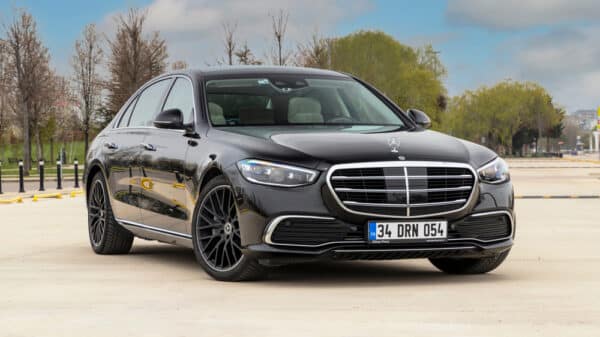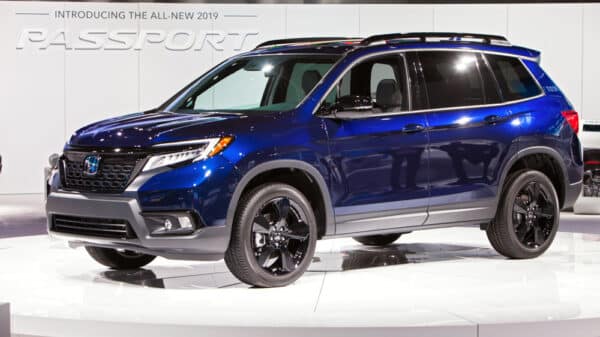The Audi R8 has ceased production, passing the torch of high performance to the 2025 E-Tron GT within the Audi Sport lineup. Consequently, the automaker has bestowed a significant increase in performance on the electric sedan during its mid-cycle update, unveiled late Monday.
Rather than altering the E-Tron GT’s already attractive design, attention has been devoted to enhancements in driving range, charging capacity, handling dynamics, and power increments—mirroring Porsche’s modifications for the Taycan, a close relative of the E-Tron GT.
2025 Audi S E-Tron GT
With the base E-Tron GT discontinued, the new 670-hp S E-Tron GT serves as the introductory model. Following it is the enhanced RS E-Tron GT version, which now achieves 845 hp, an increase from its previous 637 hp, and culminating in the fresh RS E-Tron GT Performance signature model with a staggering 912 hp, earning the title of the most potent Audi in series production.
All versions come with a boost feature that provides an additional 94 hp for brief 10-second periods. Each one is equipped with bi-motor four-wheel-drive mechanisms. The RS E-Tron GT Performance sits at the pinnacle of performance, sprinting from 0 to 62 mph in just 2.5 seconds and reaching a maximum velocity constrained to 155 mph.
2025 Audi RS E-Tron GT
The power source is an updated 105-kwh battery, identical to the one installed in the refreshed Taycan. It is located lower in the frame and is marginally lighter than the outgoing 93-kwh battery, despite its expanded capacity. The battery alone tips the scales at around 1,378 pounds. Advancements in charging speeds have been realized with the peak charging rate reaching 320 kw, an upgrade from the 270 kw capability before. Moreover, the amount of energy recouped through regenerative braking has been raised from 290 to 400 kw.
Using the WLTP cycle, the anticipated range tops at 378 miles, whereas it would measure nearer to 300 miles following the more exacting EPA standards. The current range estimation for the E-Tron GT by the EPA caps at 249 miles.
Integral adjustments were made to the chassis to support these improvements. This includes a robust brake system now standard, showcasing 10-piston calipers upfront. S E-Tron GT models utilize steel rotors, while the RS versions feature a tungsten carbide-coated design (with availability extended to the S model). Carbon-ceramic rotors remain an option across all models.
The electronic systems that manage torque distribution for the all-wheel-drive capabilities have been reprogrammed by Audi, adding robustness to the driveshafts. Likewise, the suspension has undergone revisions with the implementation of new dual-valve dampers shared with the Taycan update. These dampers are adaptable for rebound and compression settings, granting a broader scope in the spectrum of ride comfort and handling agility. Additionally, one has the choice to opt for an active suspension platform that brings with it multiple mode selections and a dedicated setting optimized for circuit racing. To further refine maneuverability, rear-wheel steering is an option.
2025 Audi RS E-Tron GT
Externally, the refreshed E-Tron GT showcases a revamped front facade. The S and RS models feature distinctive styling, with the RS vehicles flaunting a broader and more grounded appearance. Novel hues have been added to the palette, and depending on the chosen variant, one can embellish the car with carbon accents, including the roof. Those desiring more natural light may select the available panoramic glass roofing.
2025 Audi S E-Tron GT
Internally, the E-Tron GT receives fresh iterations for seat designs, steering wheels, and door sills. Its digital gauge display now offers enriched data on battery health including temperature, current maximum charging rates, estimated completion time, and preconditioning status.
Details on the availability and pricing in the U.S. market for the revamped E-Tron G are not yet public; however, the anticipated market launch is later this year, tagged as a 2025 model.
Image Source: Gabriel Nica / Shutterstock

































